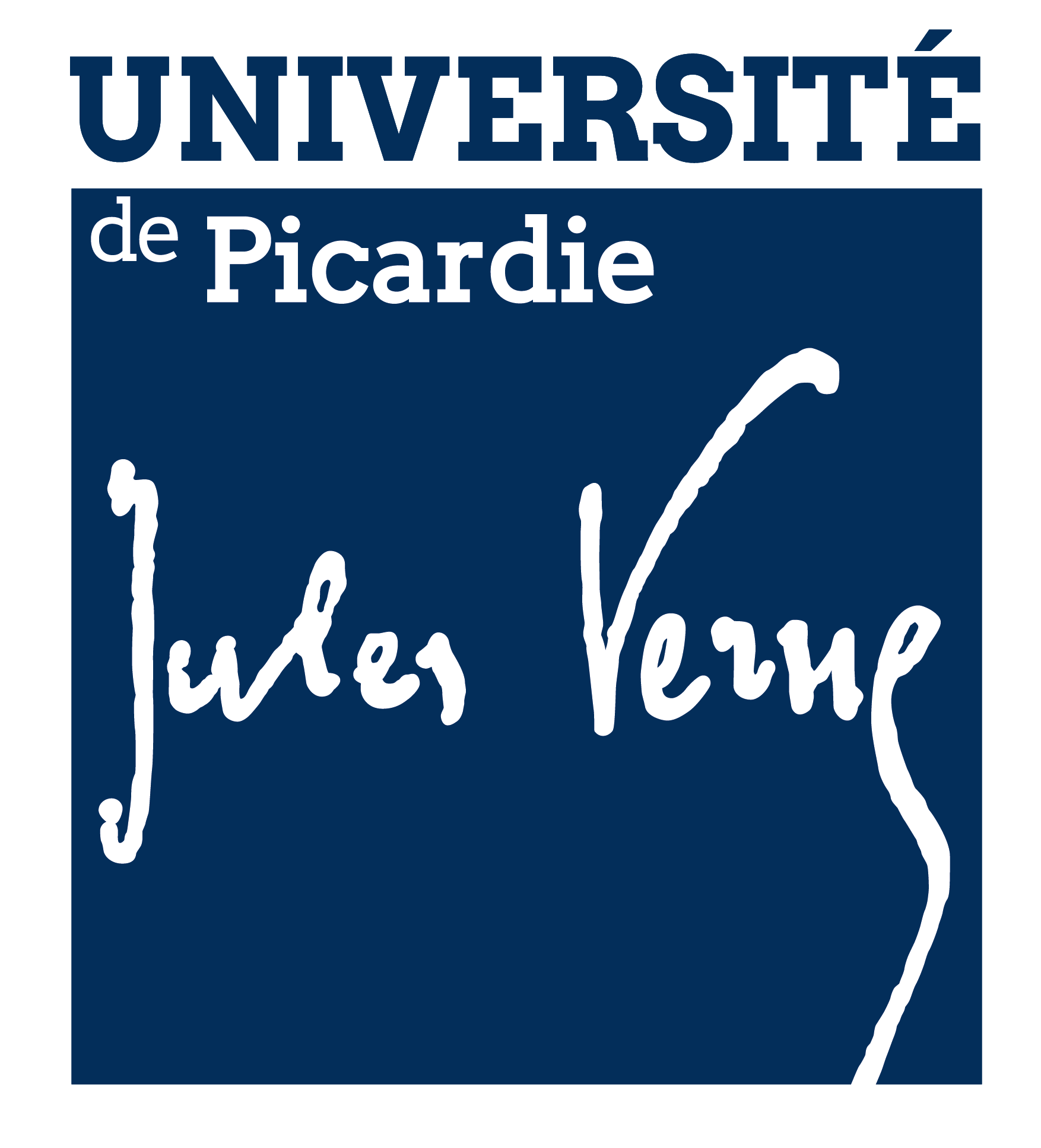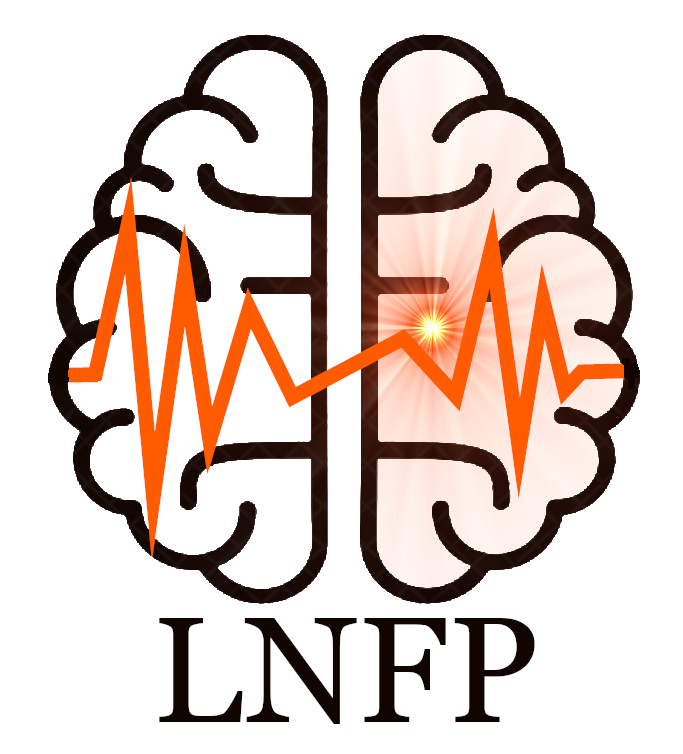Tubular structures segmentation of pediatric abdominal-visceral ceCT images with renal tumors: assessment, comparison and improvement
Résumé
Renal tubular structures, such as ureters, arteries and veins, are very important for building a complete digital 3D anatomical model of a patient. However, they can be challenging to segment from ceCT images due to their elongated shape, diameter variation and intra-and inter-patient contrast hetereogenity. This task is even more difficult in pediatric and pathological subjects, due to high inter-subject anatomical variations, potential presence of tumors, small volume of these structures compared to the surrounding, and small available labeled datasets. Given the limited literature on methods dedicated to children, and in order to find inspirational approaches, a complete assessment of state-of-the-art methods for the segmentation of renal tubular structures on ceCT images on adults is presented. Then, these methods are tested and compared on a private pediatric and pathological dataset of 79 abdominal-visceral ceCT images with arteriovenous phase acquisitions. To the best of our knowledge, both assessment and comparison in this specific case are novel. Eventually, we also propose a new loss function which leverages for the first time the use of vesselness functions on the predicted segmentation. We show that the combination of this loss function with state-ofthe-art methods improves the topological coherence of the segmentated tubular structures 1 .
Domaines
Ingénierie biomédicale| Origine | Fichiers produits par l'(les) auteur(s) |
|---|---|
| licence |
Copyright (Tous droits réservés)
|

